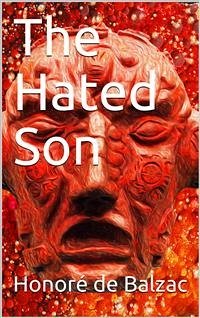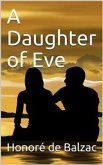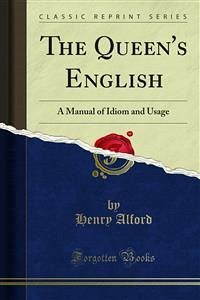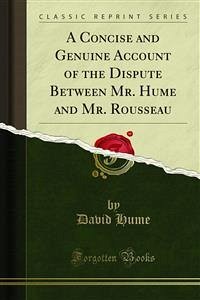It is 1591. The Religious Wars about which we read in Catherine de’ Medici are still being waged. Henry IV had just recently (in 1589) ascended the throne of France. Real power is split between the ultra-Catholic Holy League, which largely controlled the North of France; the King, from a Huguenot family who has cast his lot with the Catholics; and the Huguenots, concentrated mostly in the South.
The tale begins during a thunderstorm in the Norman seaside castle of the Comte d’Herouville. His wife, Jeanne, is about to deliver herself of a child, a mere seven months into her marriage with the fierce Count, a fervent Royalist. At a gathering around the time of his marriage, he had told the assembled guests that if his wife delivered herself of a child in under the usual nine months, he would have no compunction about killing mother and infant.
As the Countess feels herself about to give birth, the Count wakes from his sleep and goes out to fetch help. First, he tells Jeanne to wear a mask so that no man could say that he had seen her. Jeanne is confused that it is a man, not a midwife, who is being sent for. The Count returns with a “bonesetter,” a local man of arcane and occult knowledge who reassures Jeanne and helps deliver her of a puny little son. The bonesetter’s name is Beauvouloir. He is kind to the Countess and, aware of the growing rage of the Count, quietly advises her to watch closely over her little son, who has been given the name of Etienne.
Although he knows full well that the child is not his, d’Herouville does not deliver on his threat. Jeanne decides to have Etienne study to be a priest. The Count tells him he may live, but only in an outlying building outside the castle adjoining the shore. He is not to enter the castle.
Etienne is schooled by Beauvouloir, the Abbé de Sebonde, and the old retainer Bertrand who helped the Count fetch Beauvouloir.
Time passes. The Count is advanced by Henry IV to a dukedom; and Jeanne is delivered of a second son, Maximilien, who is very much his father’s son. Just as Etienne is being trained in the ways of knowledge, Maximilien, called the Marquis de Saint-Sever, is trained to become a warrior without any of the graces. Neither child knows of the other’s existence. All the retainers of the d’Herouvilles are dedicated to keeping them apart.
One day, during another thunderstorm, Etienne is sneaked past his father into the castle to witness his mother’s death of consumption. Etienne is traumatized by the loss of the one person who most loved him. He becomes a wild child clinging to the rocks of his small beach domain.
Read this complete famous novel for further story....
The tale begins during a thunderstorm in the Norman seaside castle of the Comte d’Herouville. His wife, Jeanne, is about to deliver herself of a child, a mere seven months into her marriage with the fierce Count, a fervent Royalist. At a gathering around the time of his marriage, he had told the assembled guests that if his wife delivered herself of a child in under the usual nine months, he would have no compunction about killing mother and infant.
As the Countess feels herself about to give birth, the Count wakes from his sleep and goes out to fetch help. First, he tells Jeanne to wear a mask so that no man could say that he had seen her. Jeanne is confused that it is a man, not a midwife, who is being sent for. The Count returns with a “bonesetter,” a local man of arcane and occult knowledge who reassures Jeanne and helps deliver her of a puny little son. The bonesetter’s name is Beauvouloir. He is kind to the Countess and, aware of the growing rage of the Count, quietly advises her to watch closely over her little son, who has been given the name of Etienne.
Although he knows full well that the child is not his, d’Herouville does not deliver on his threat. Jeanne decides to have Etienne study to be a priest. The Count tells him he may live, but only in an outlying building outside the castle adjoining the shore. He is not to enter the castle.
Etienne is schooled by Beauvouloir, the Abbé de Sebonde, and the old retainer Bertrand who helped the Count fetch Beauvouloir.
Time passes. The Count is advanced by Henry IV to a dukedom; and Jeanne is delivered of a second son, Maximilien, who is very much his father’s son. Just as Etienne is being trained in the ways of knowledge, Maximilien, called the Marquis de Saint-Sever, is trained to become a warrior without any of the graces. Neither child knows of the other’s existence. All the retainers of the d’Herouvilles are dedicated to keeping them apart.
One day, during another thunderstorm, Etienne is sneaked past his father into the castle to witness his mother’s death of consumption. Etienne is traumatized by the loss of the one person who most loved him. He becomes a wild child clinging to the rocks of his small beach domain.
Read this complete famous novel for further story....









